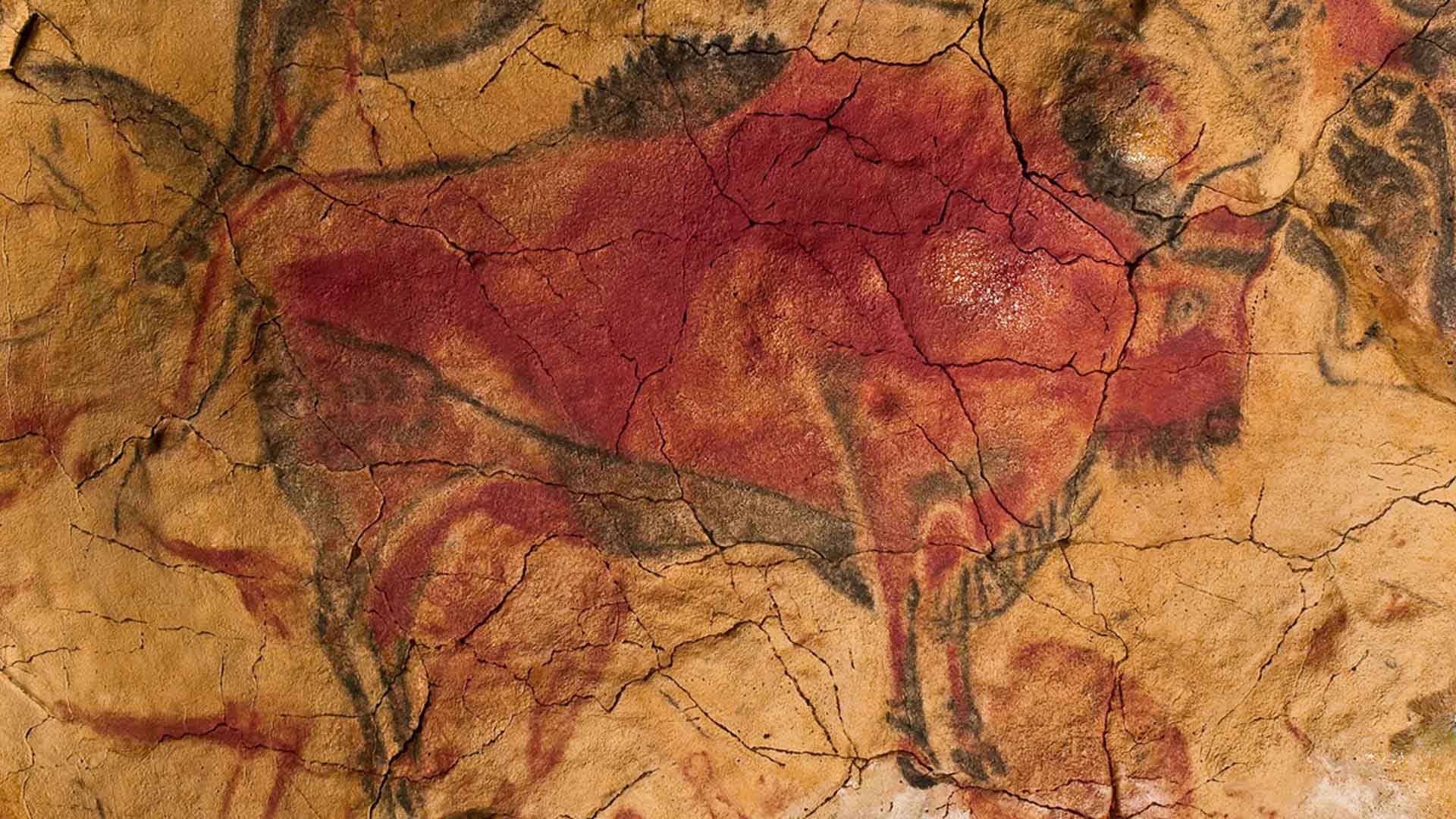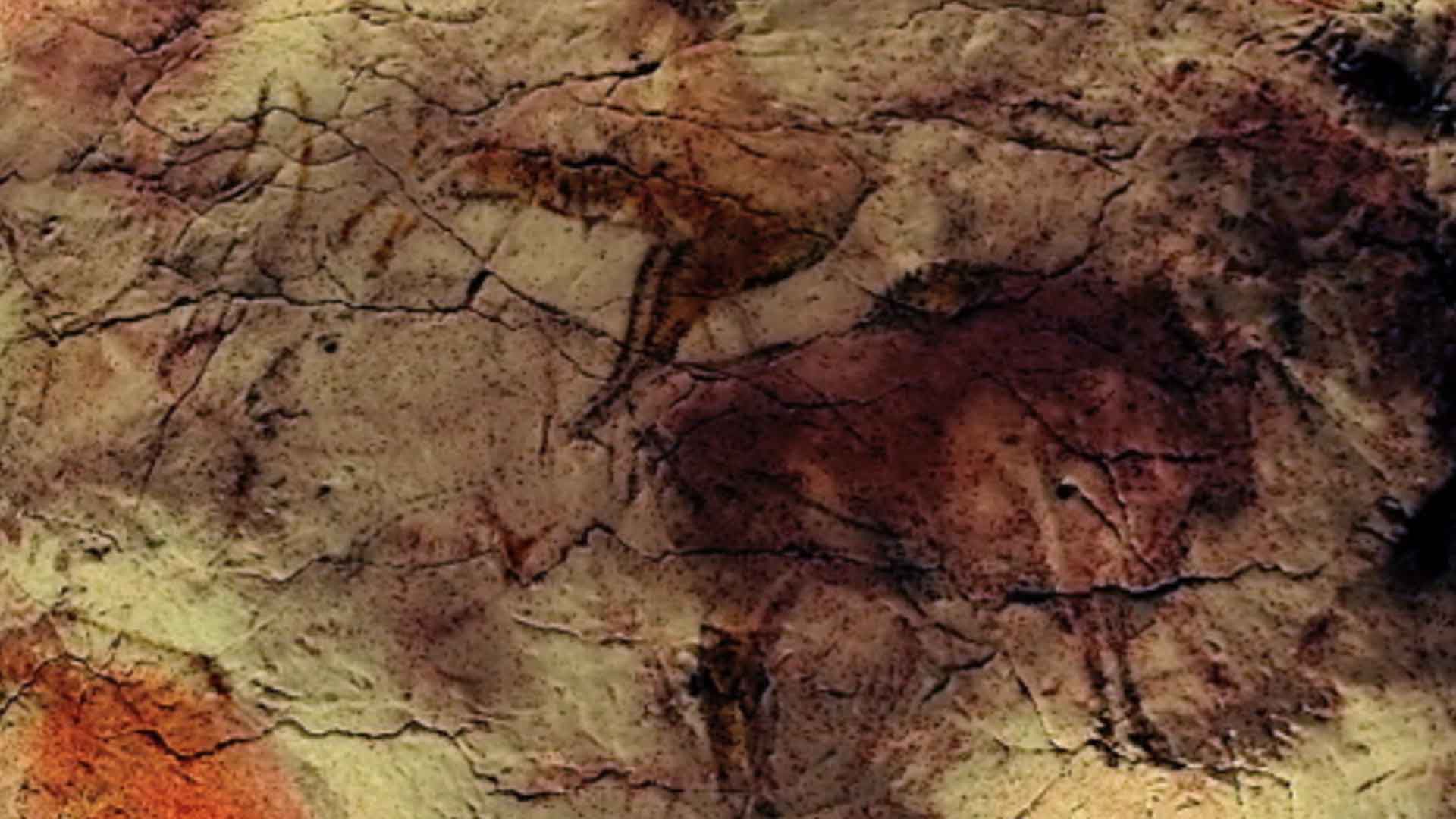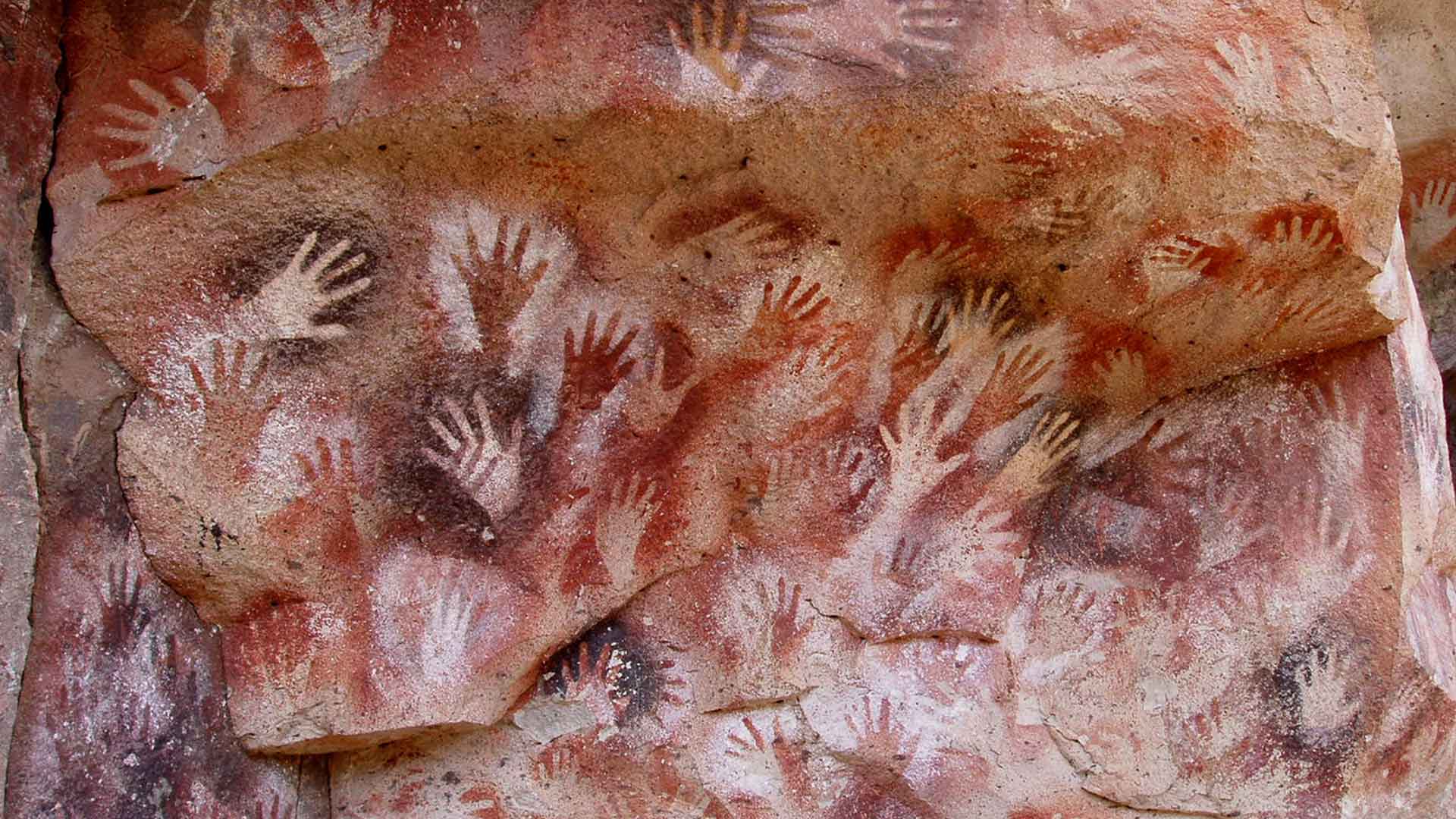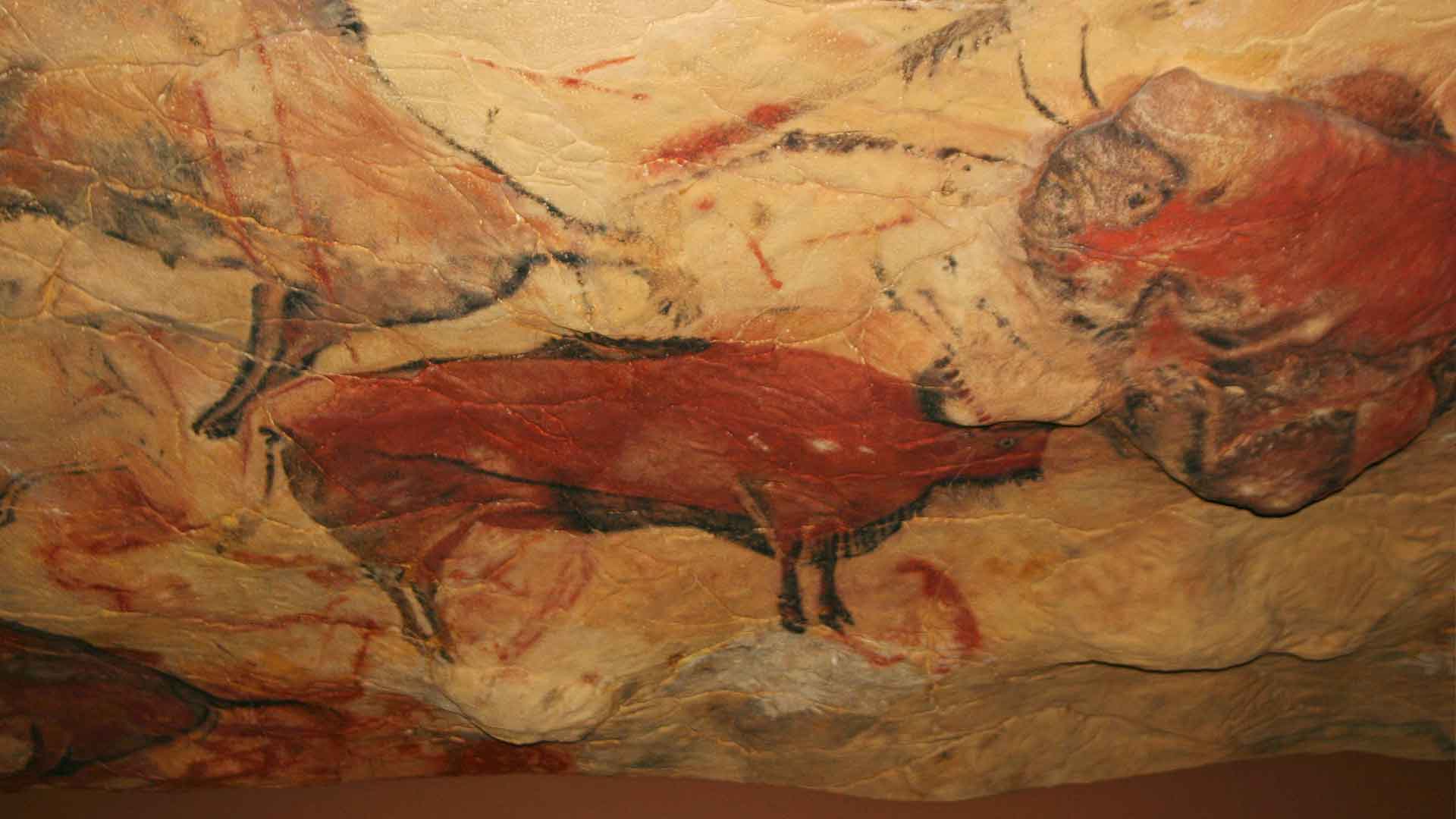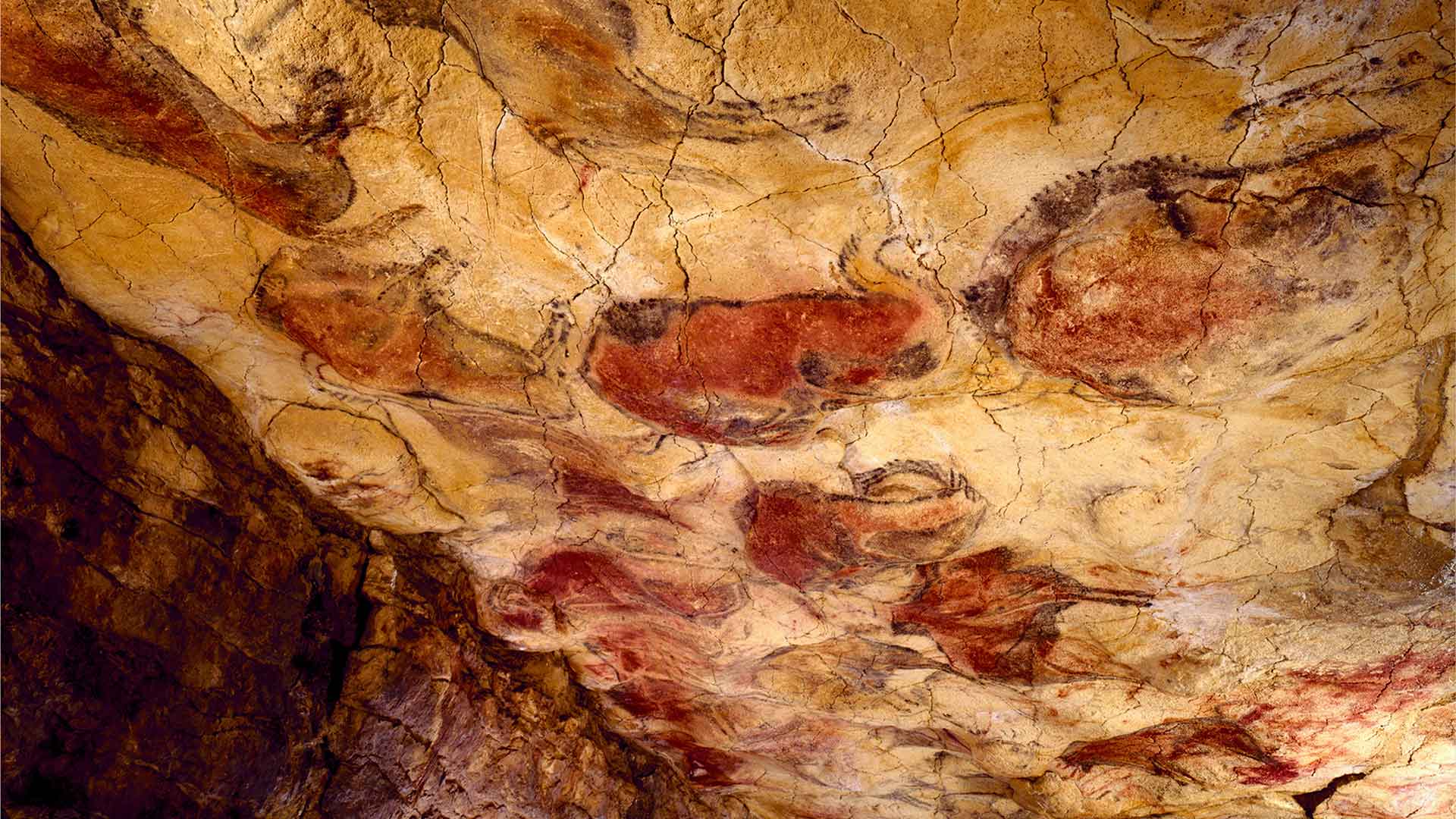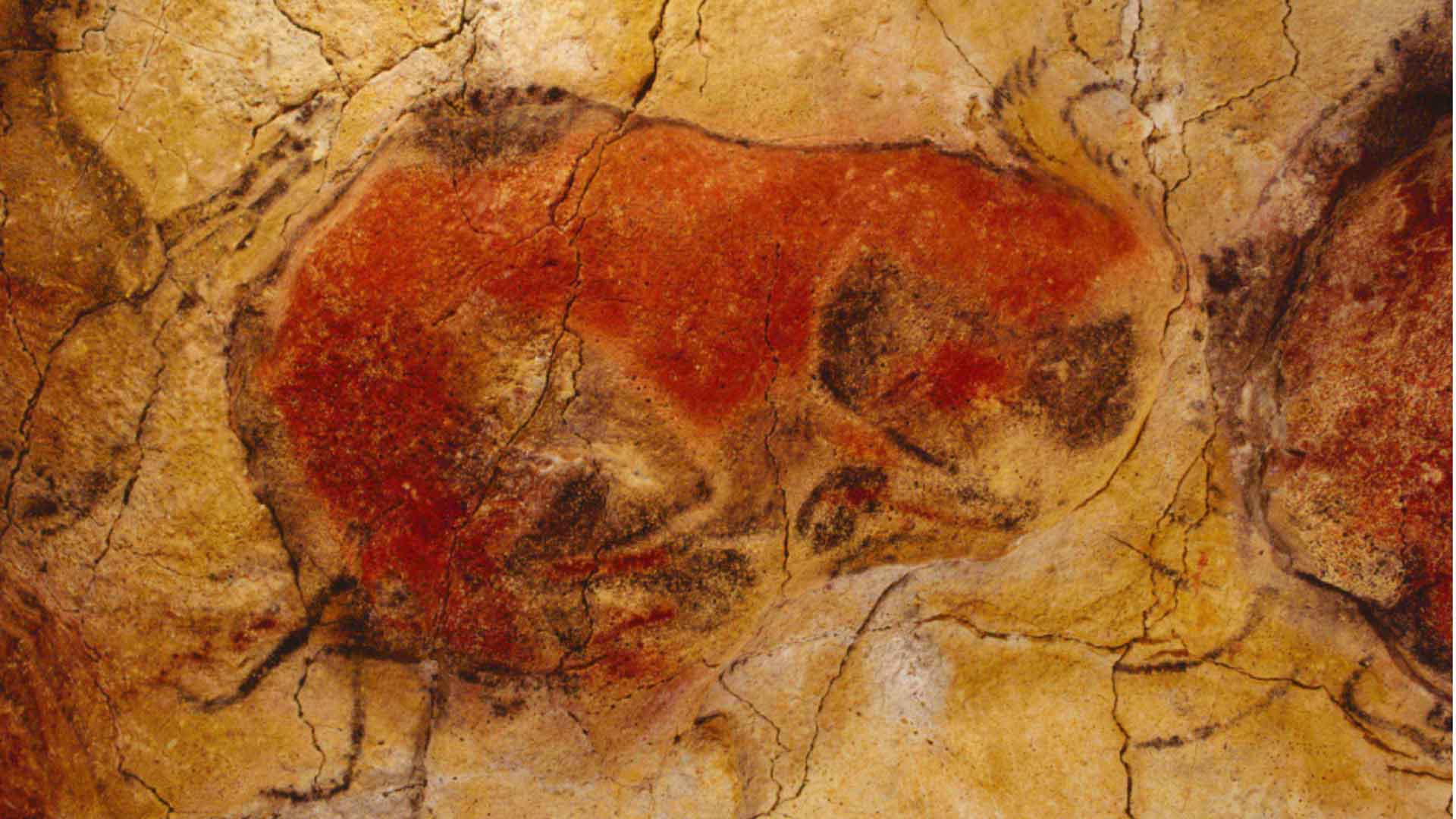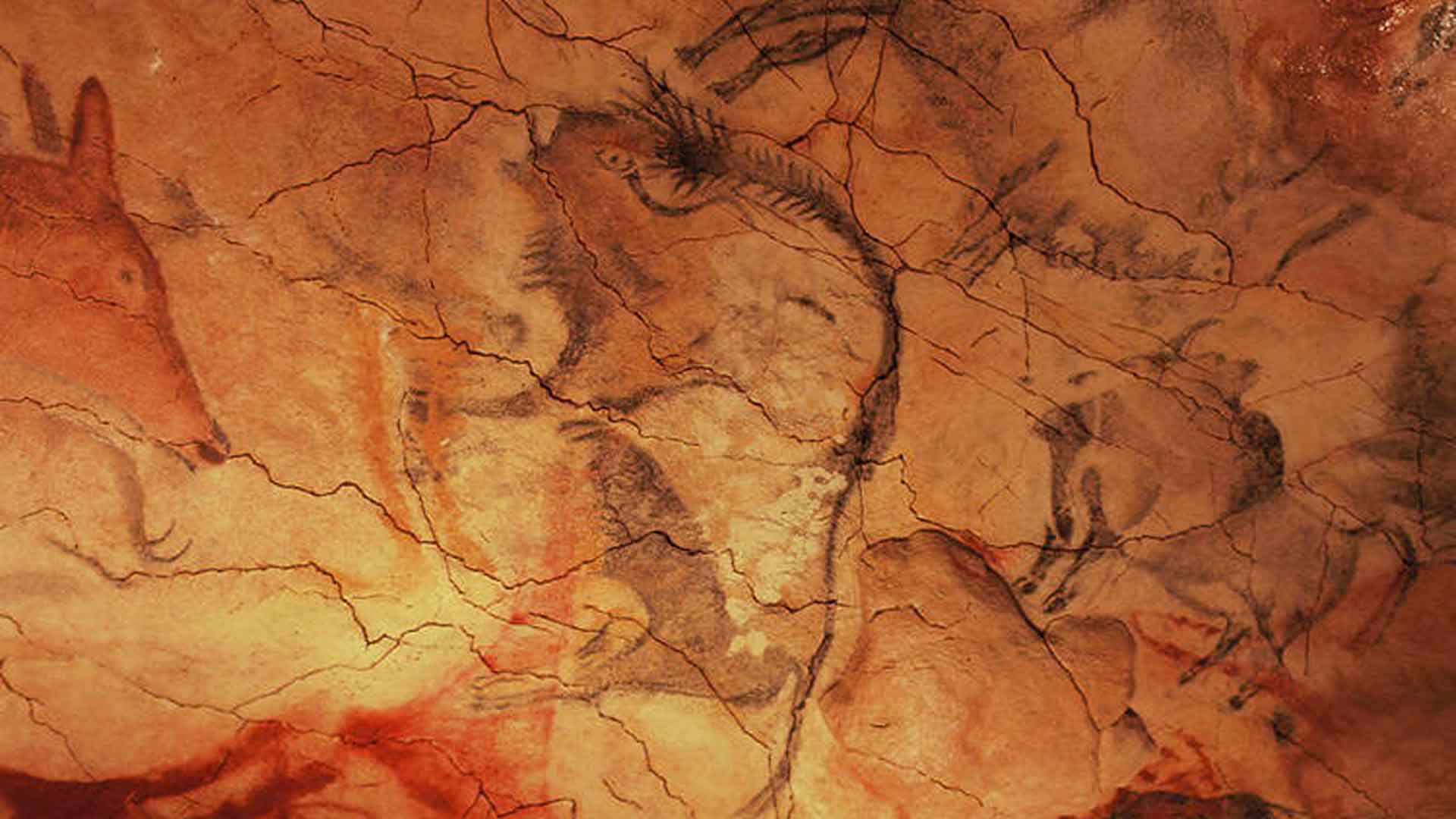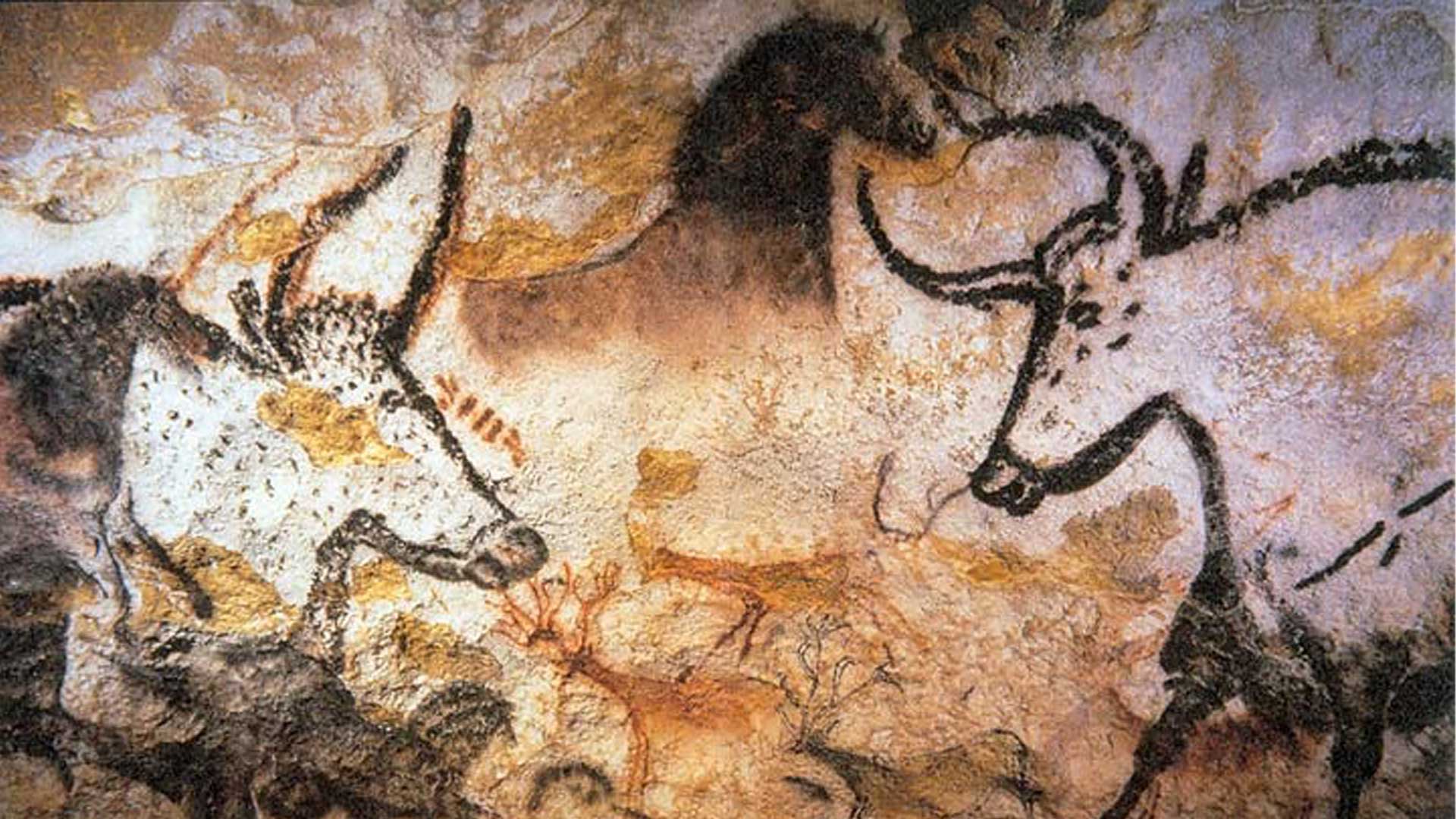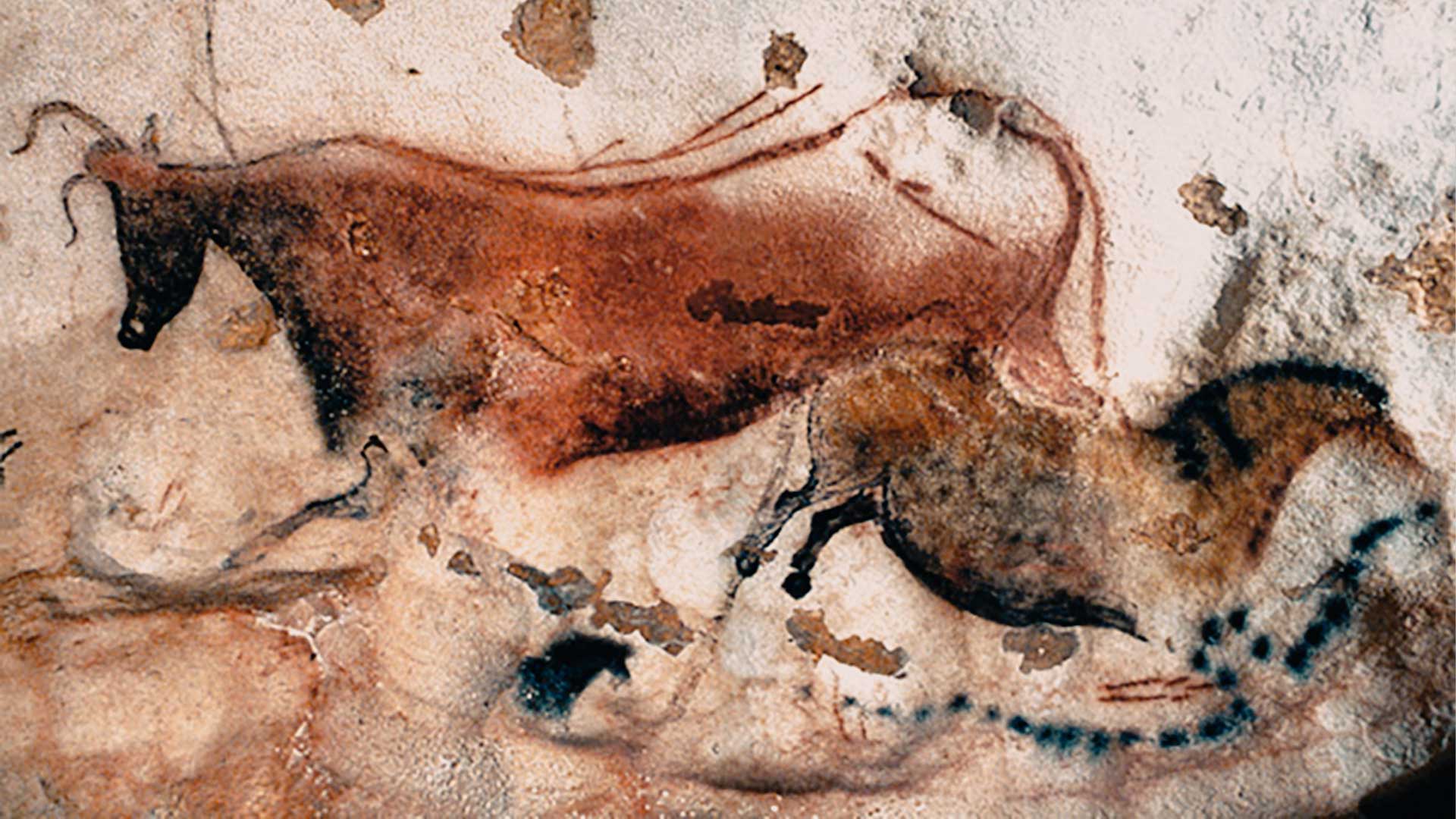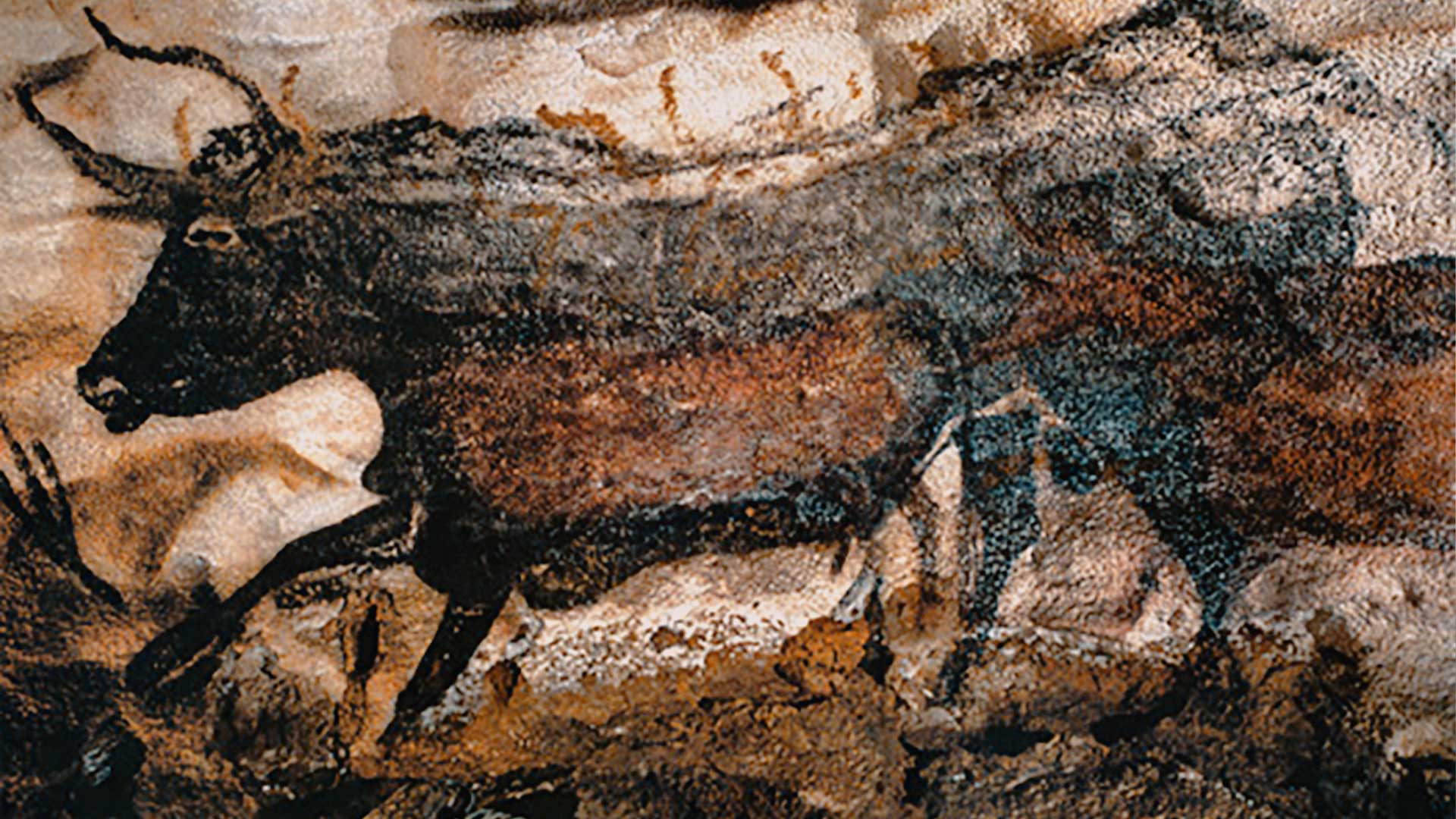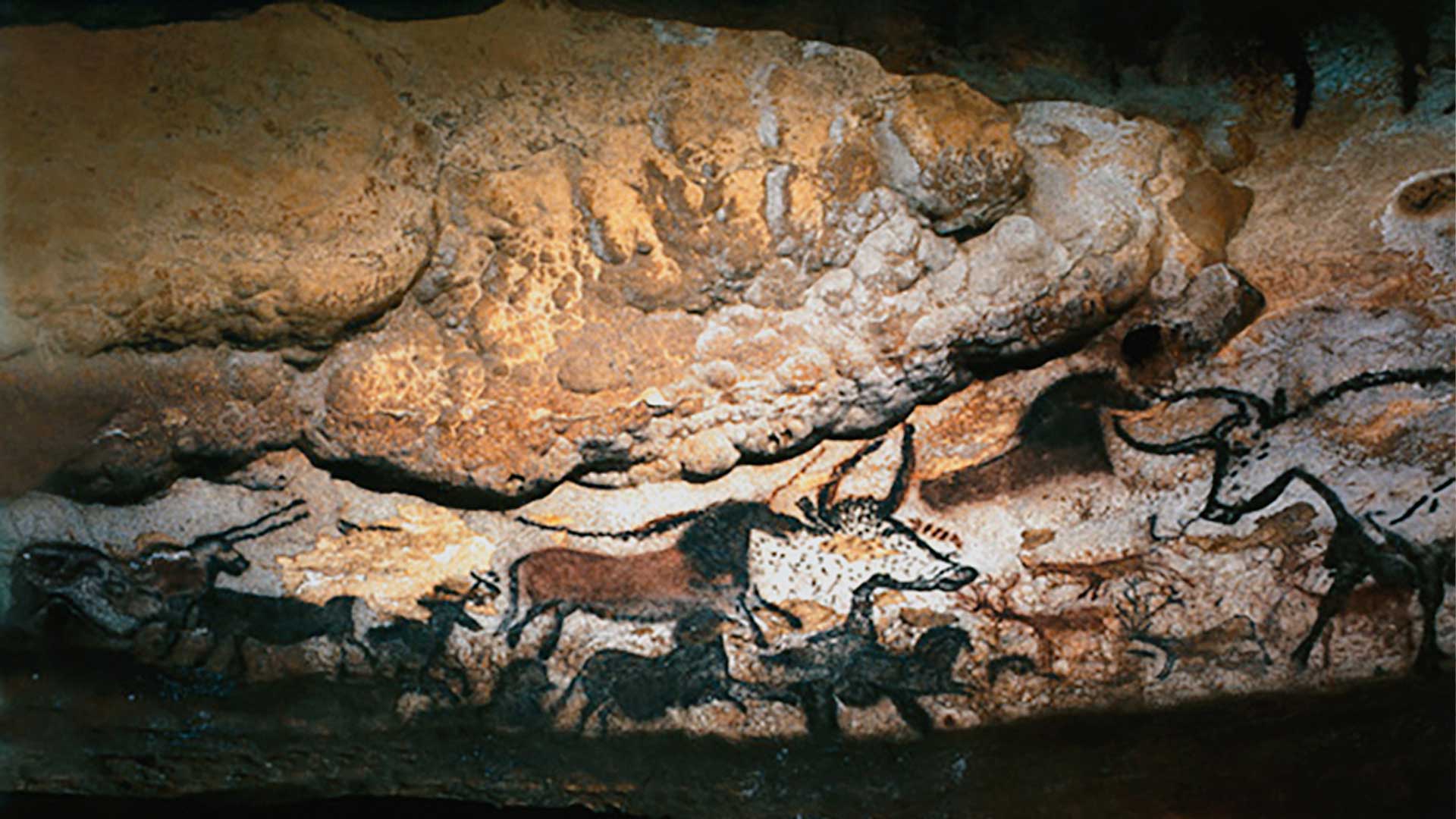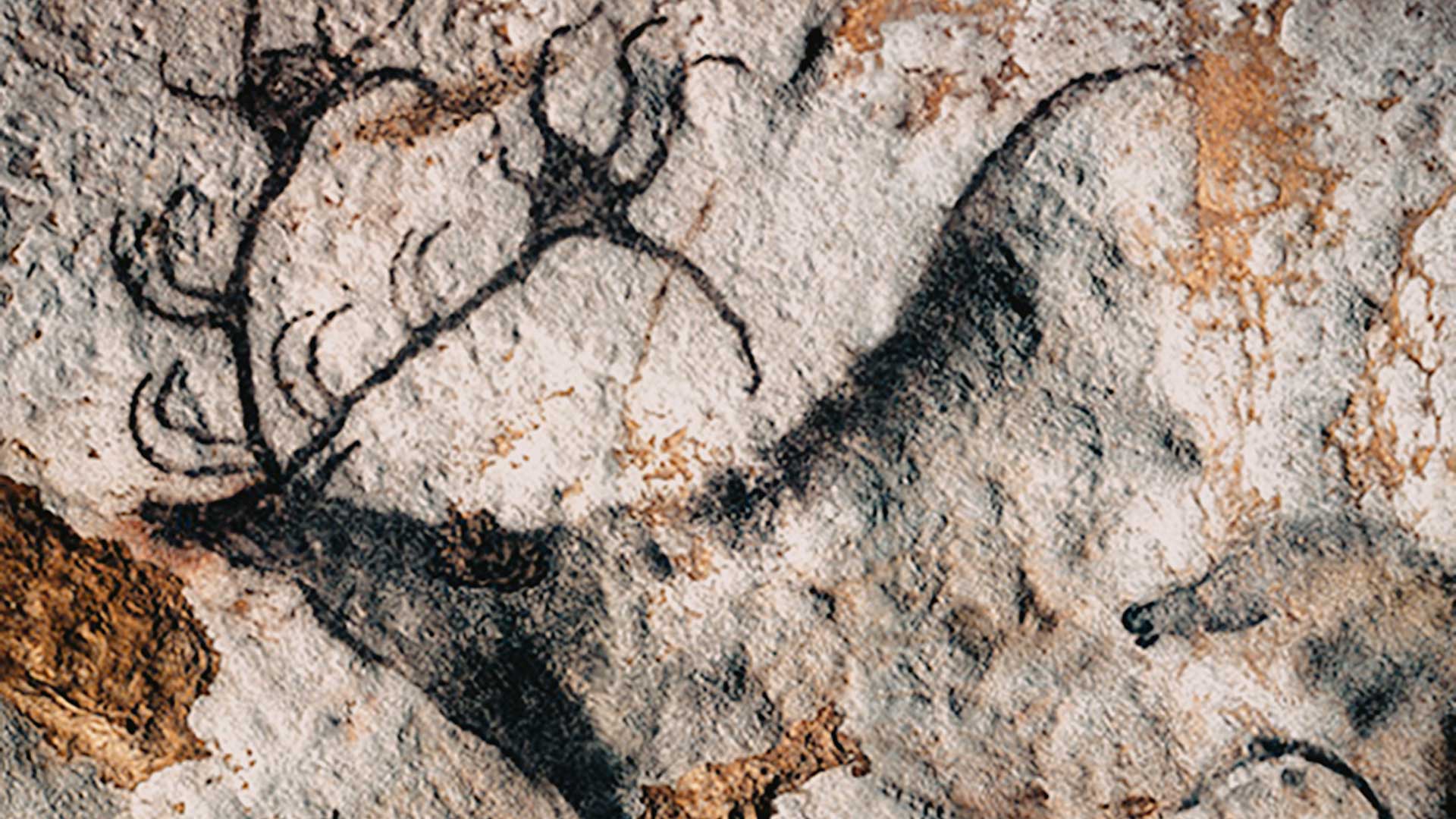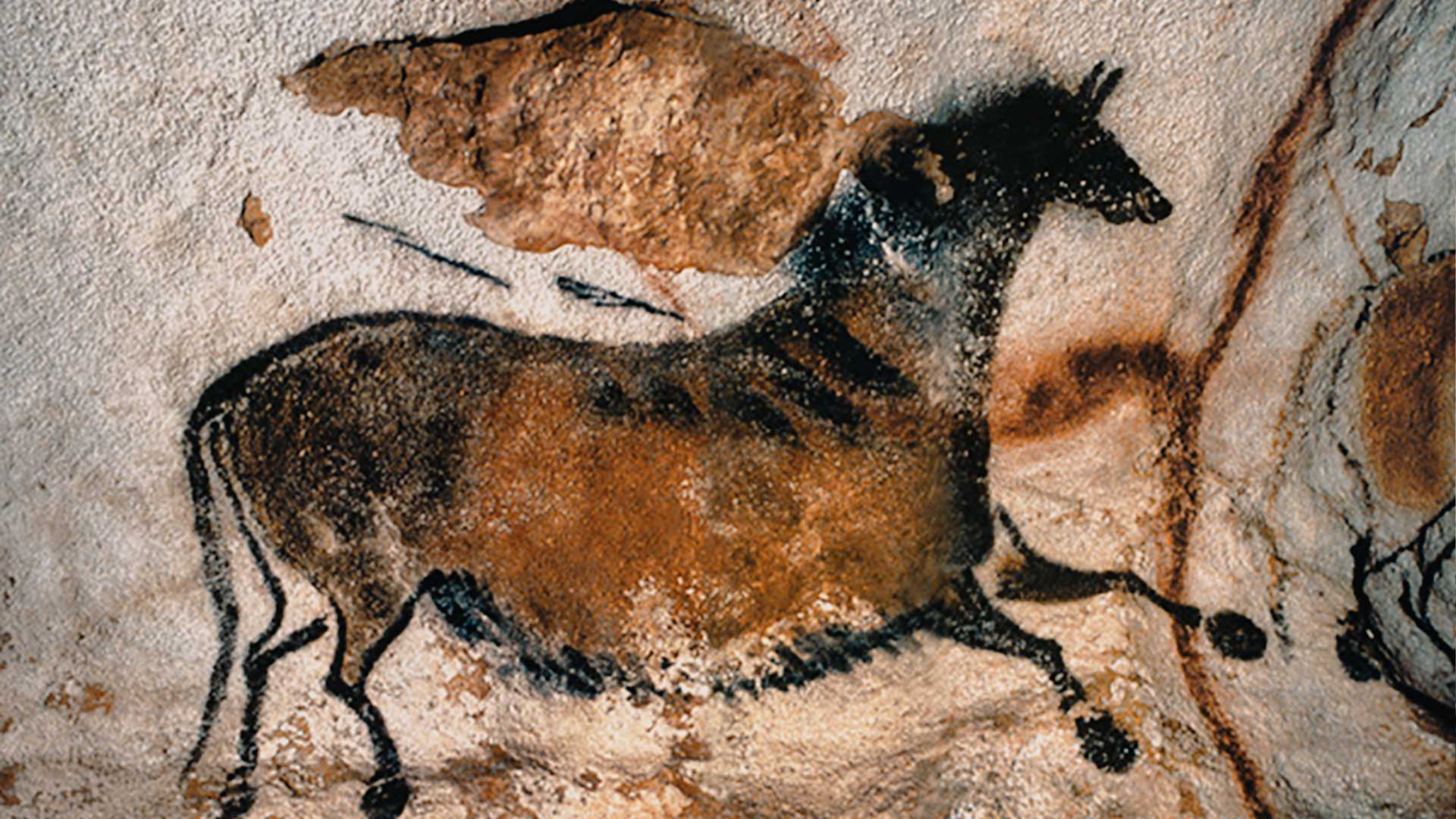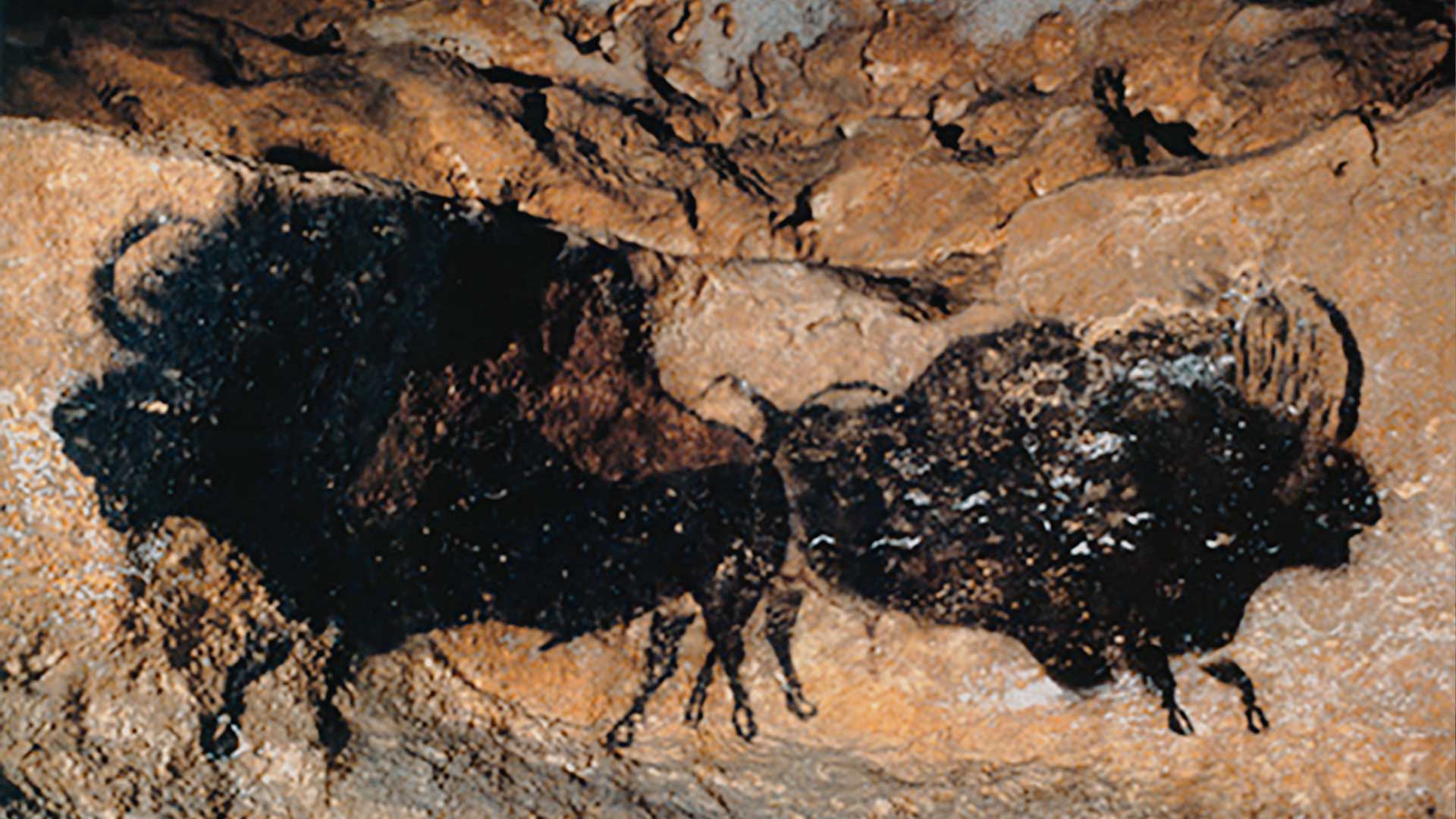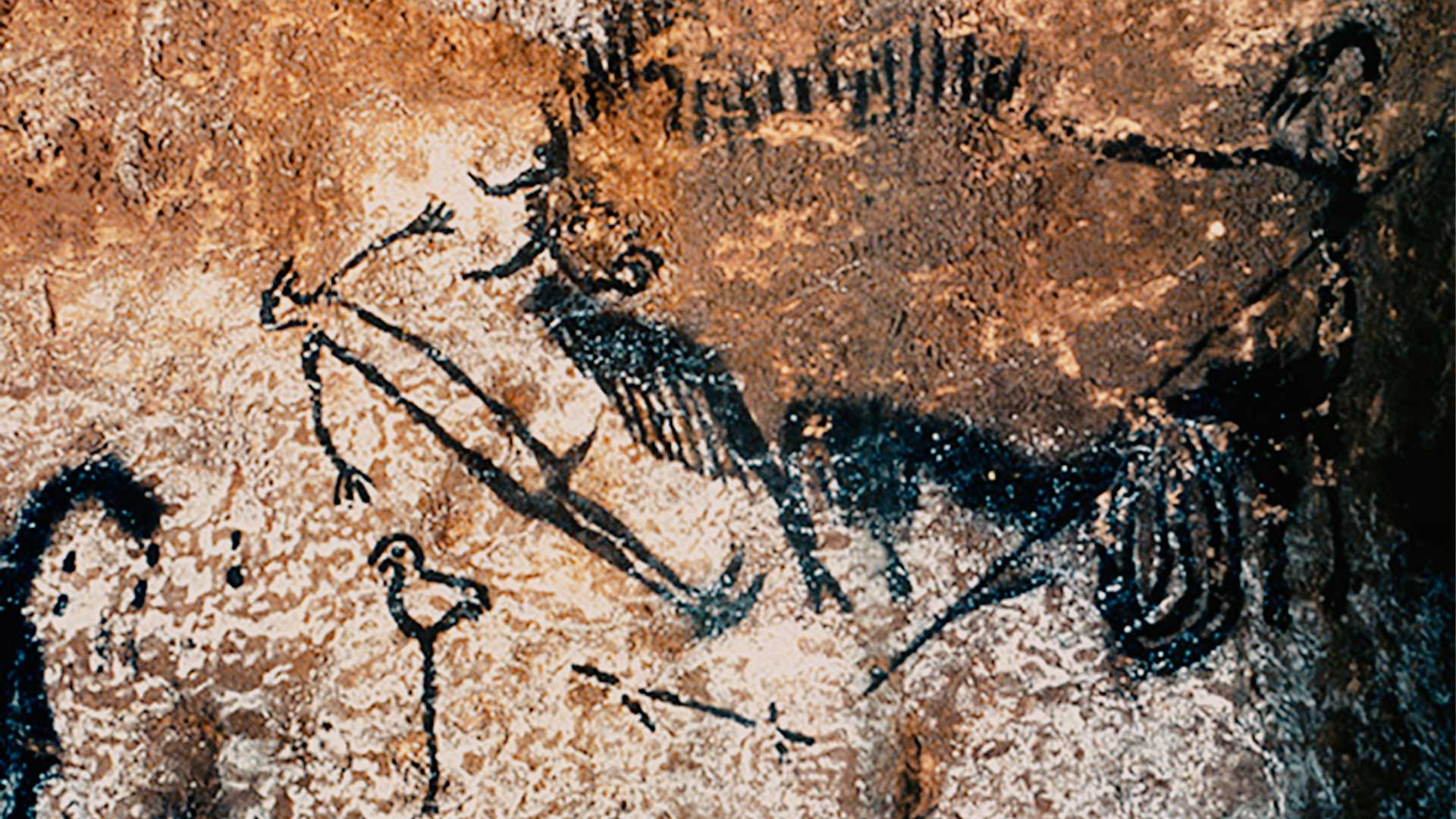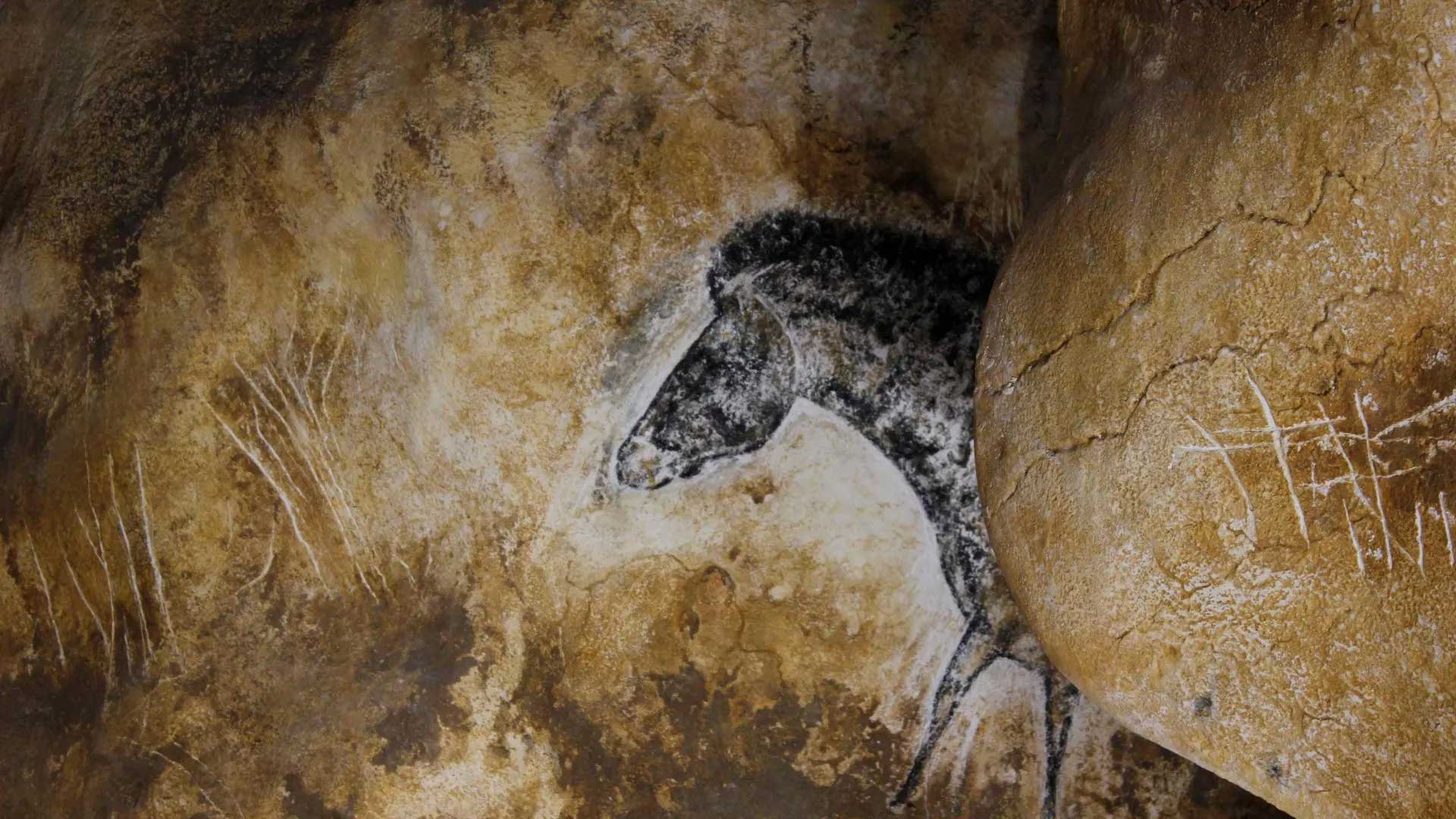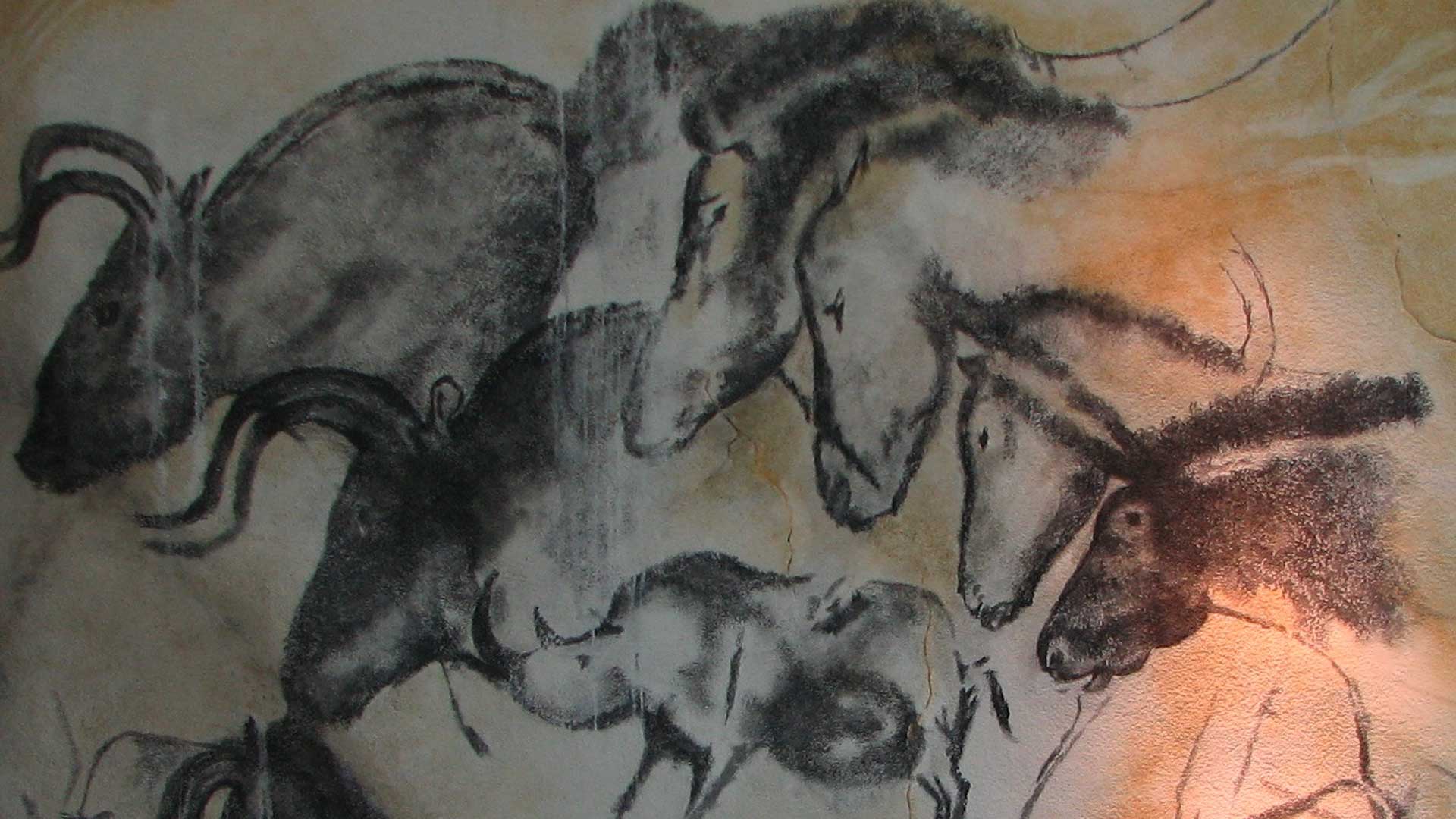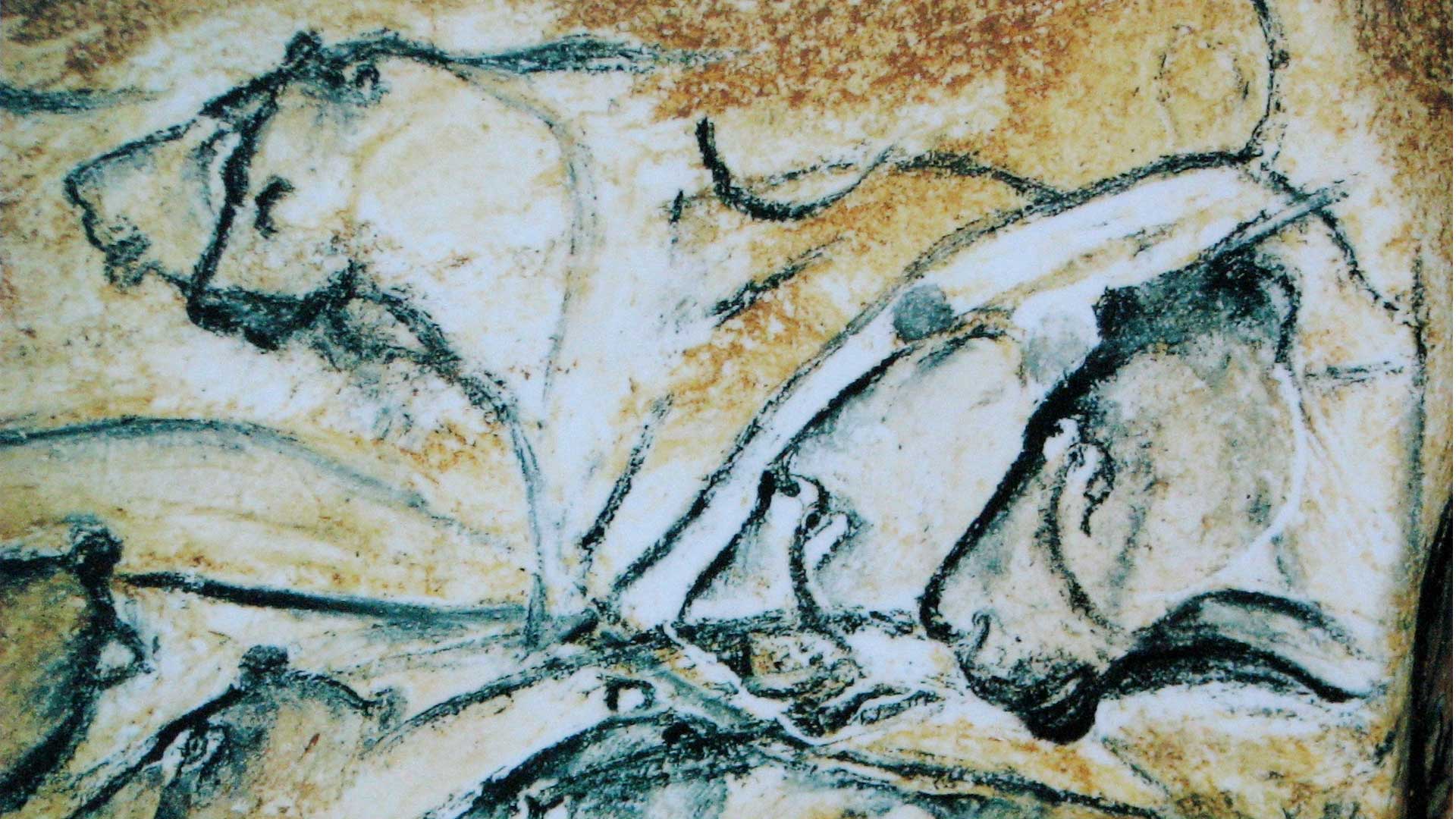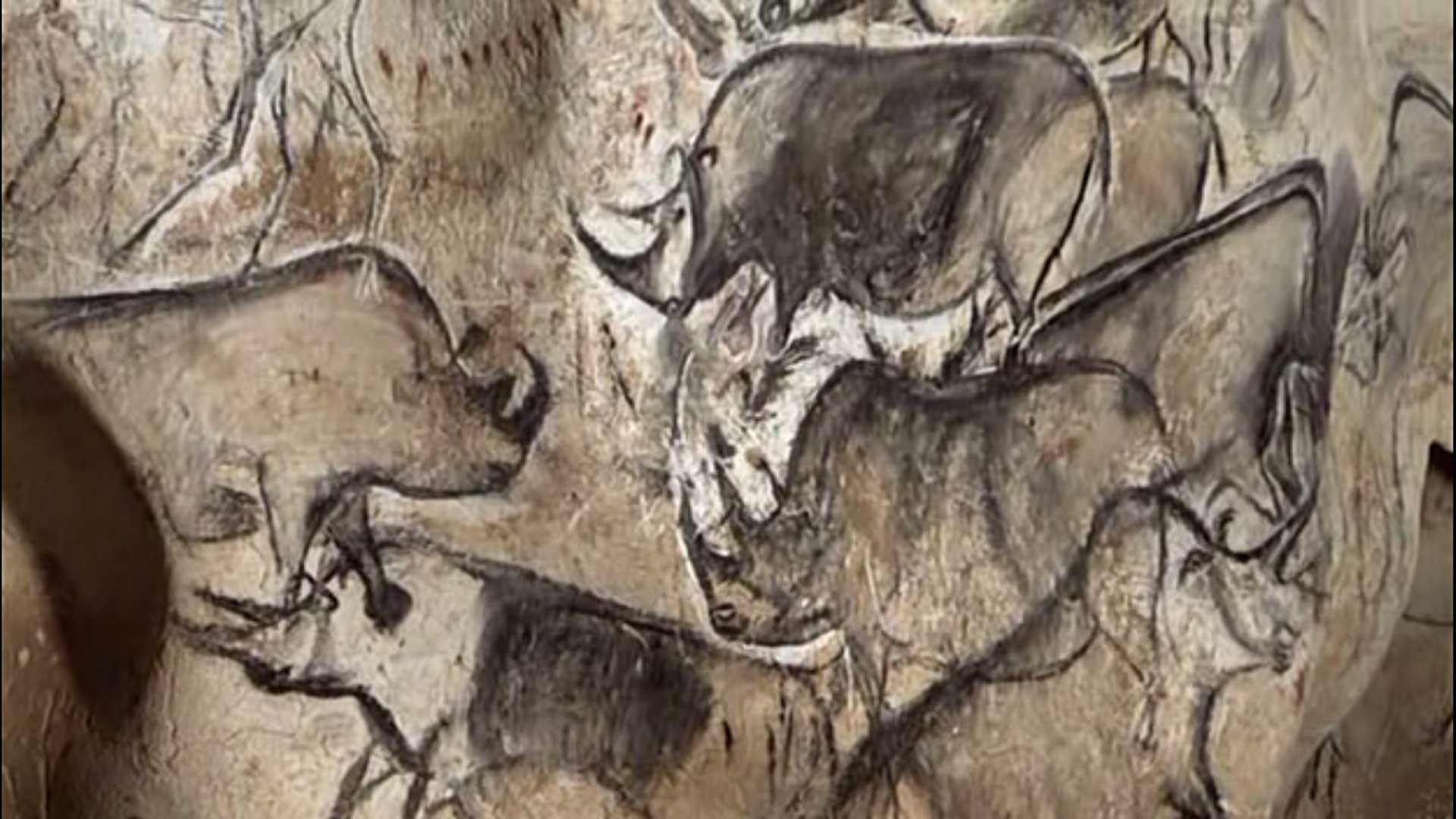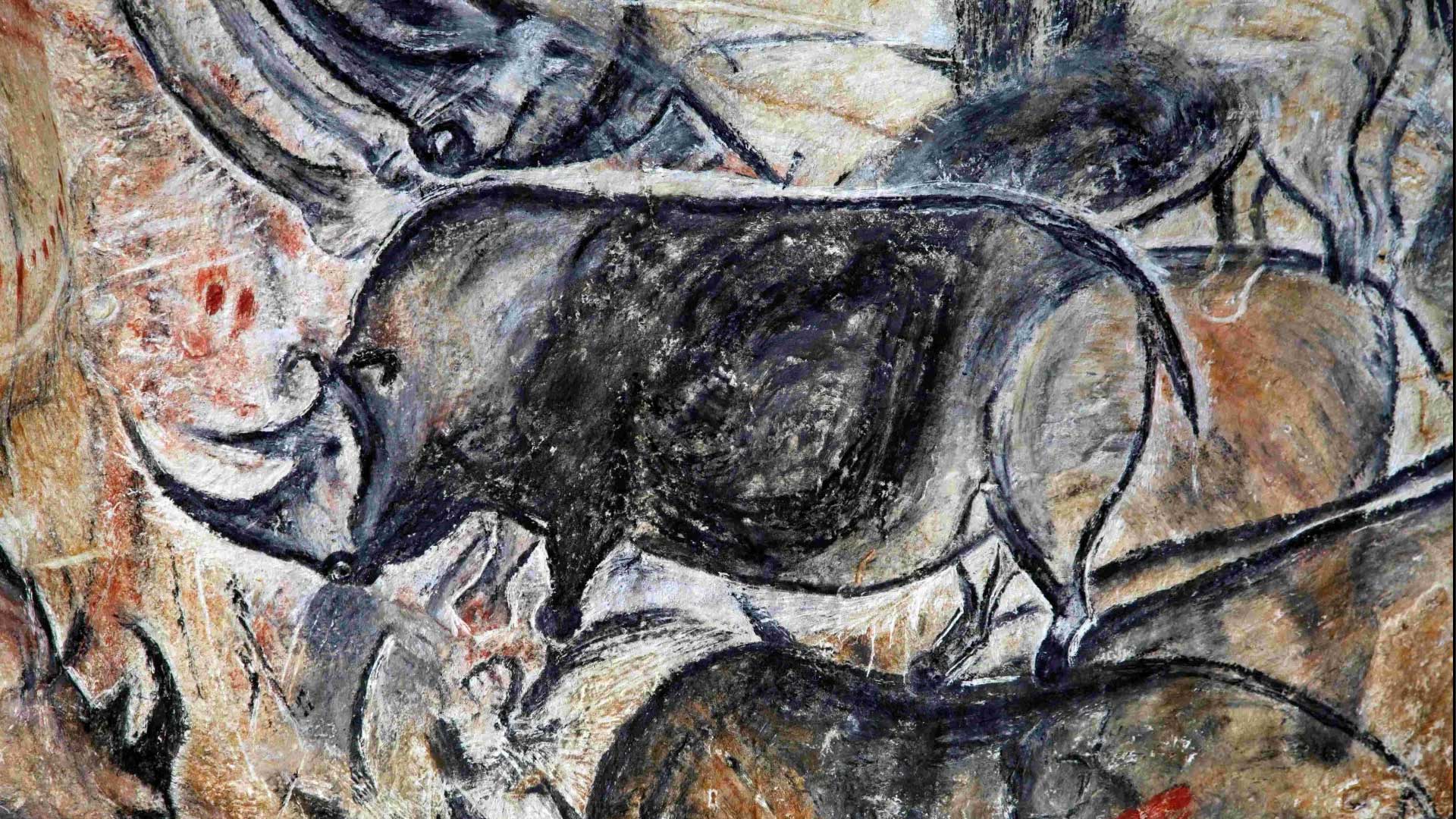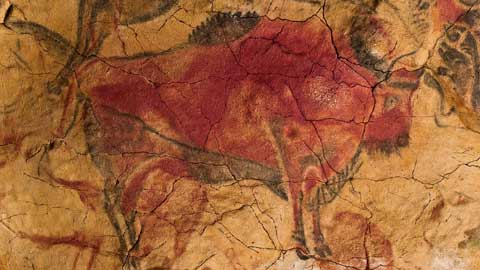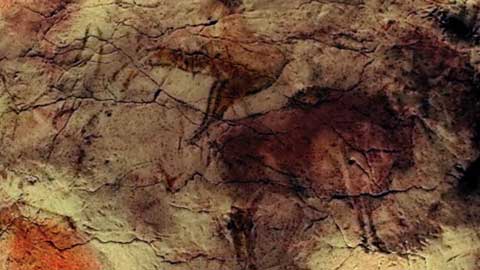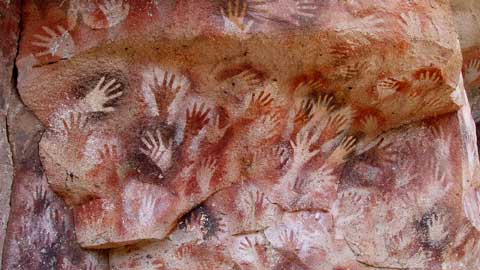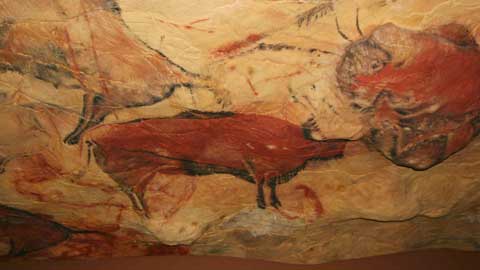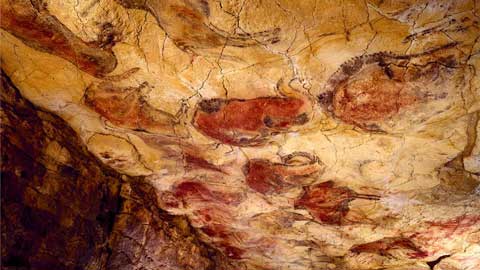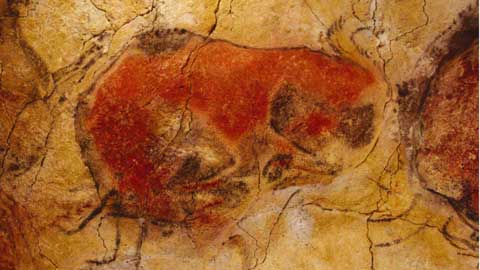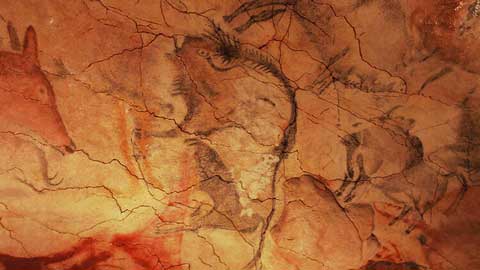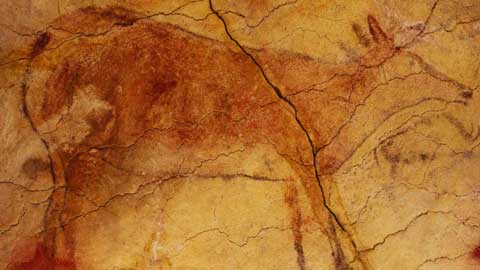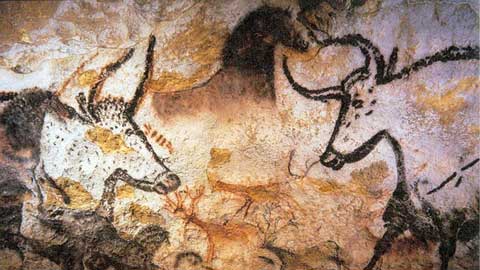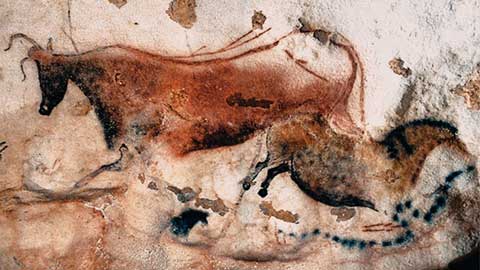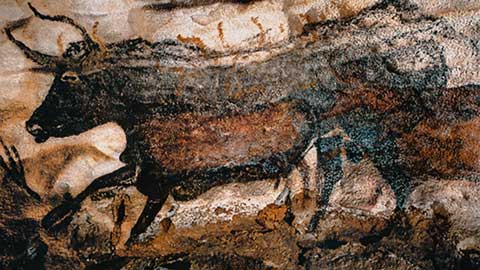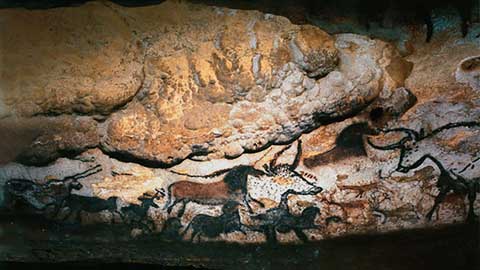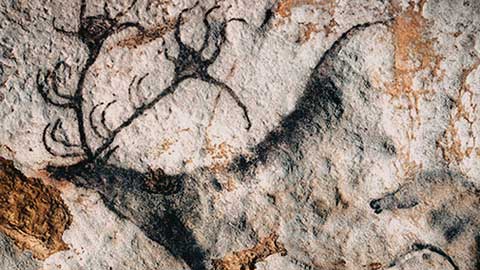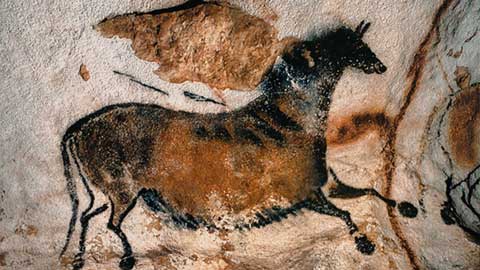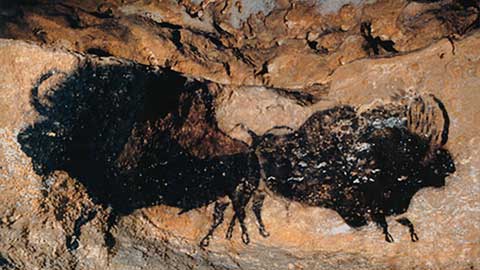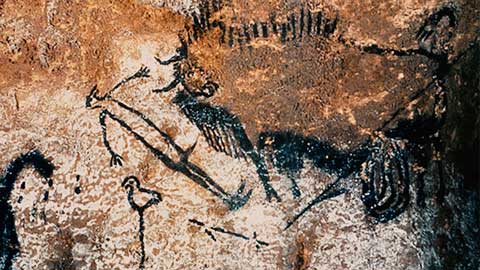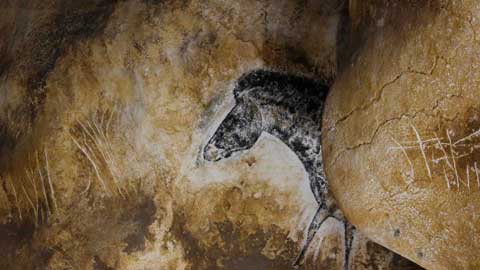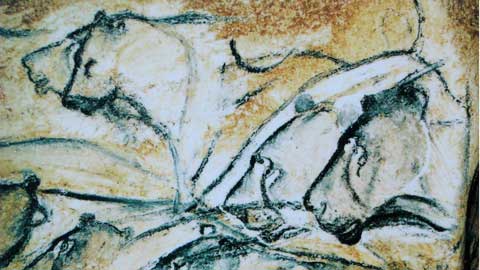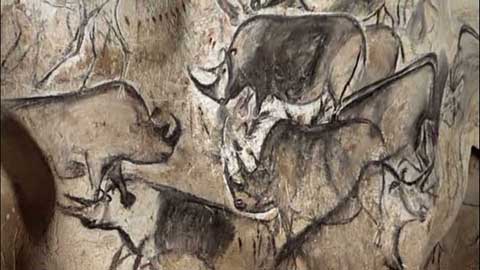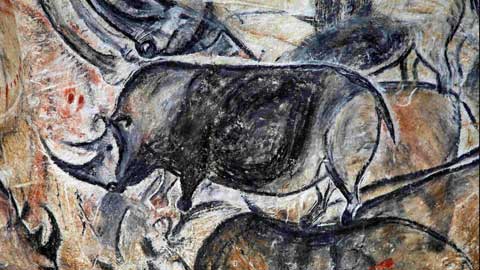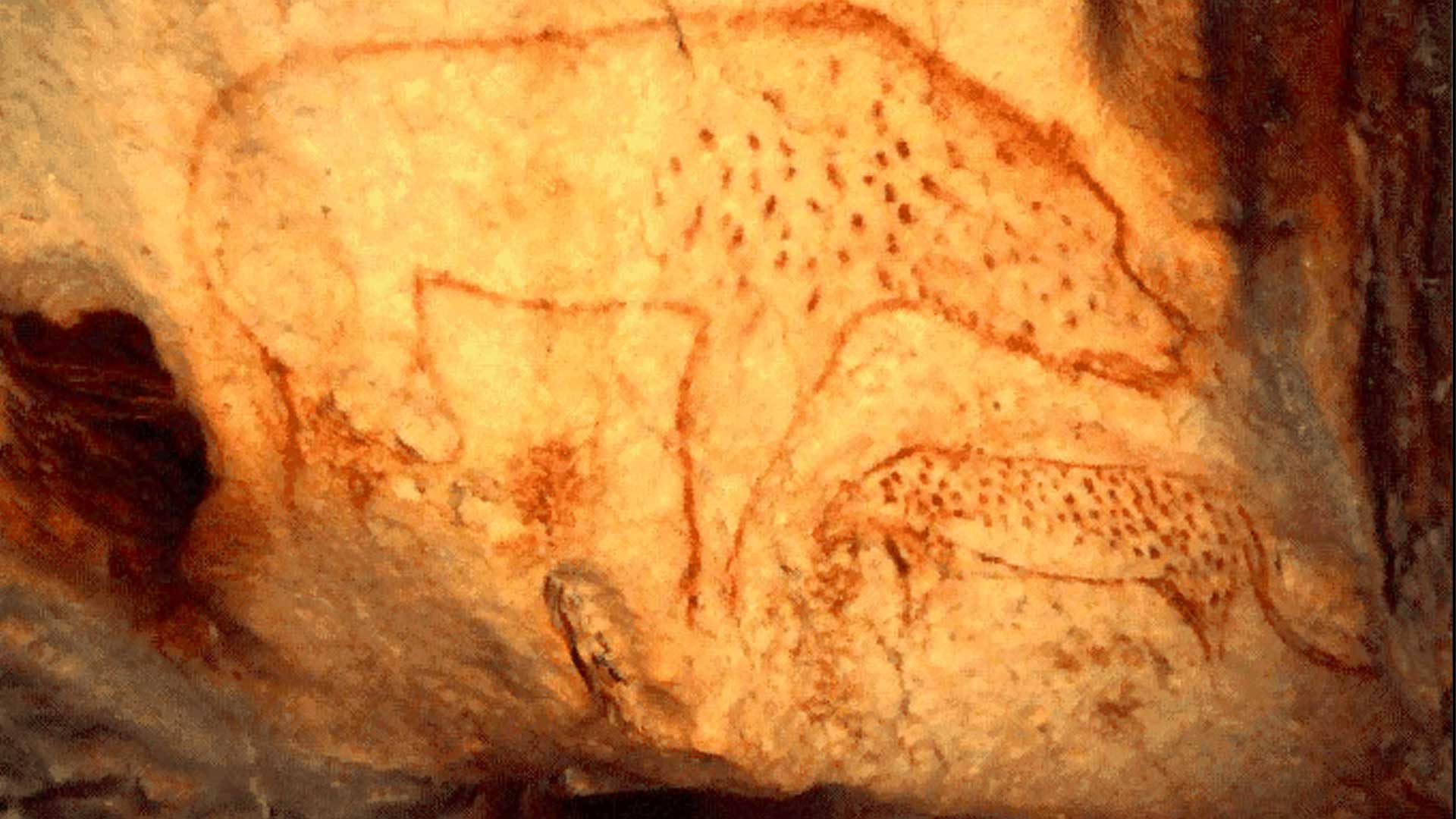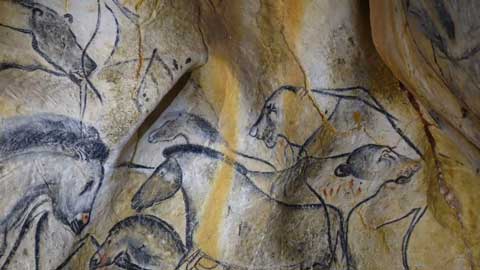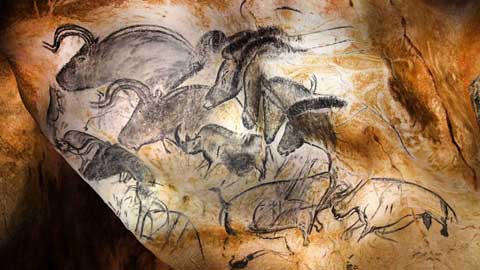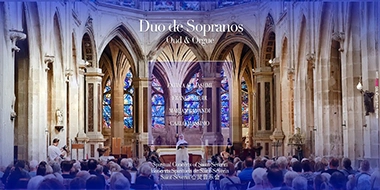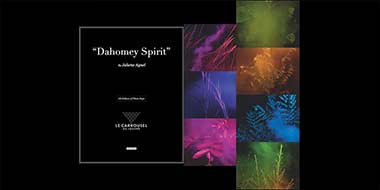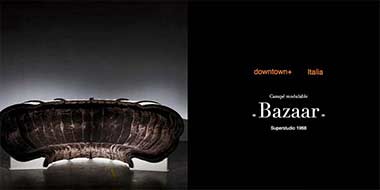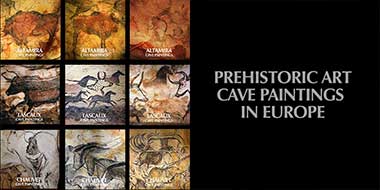LIVING ARTS
PREHISTORIC ART IN EUROPE
“ The Earliest Form Of Art In Europe Can Be Found In The Caves Of Altamira In Spain And Lascaux in France, Dating Back To Around 15,000 BCE. These Paintings Primarily Depict Animals And Are Believed To Have Been Created For Ritualistic Purposes.”
Paleolithic Art (c. 40,000-10,000 BCE)
“The Paleolithic Era, or Old Stone Age, Is the Earliest Period of Human History and Is Known for Its Impressive Cave Paintings and Portable Art Objects.”
“ Prehistoric art in Europe reflects the
evolution of human creativity and
ingenuity from the earliest cave
paintings to the sophisticated
structures of the Neolithic era.
These artistic expressions provide a
window into the lives, beliefs, and
environments of our ancient ancestors,
offering valuable insights into the
development of human culture and society.
The story of Prehistoric Art in Europ
is a testament to the enduring power
of human creativity. From the
earliest cave paintings to the
sophisticated structure of the
Neolithic era, these artistic
expressions offer a profound
connection to our past
They remind us of the universal
human drive to create, to
communicate, and to seek meaning in
the world around us.
As we continue to explore and
interpret these ancient works,
we deepen our understanding of
the origins of art and the
shared heritage of humanity.”

ALTAMIRA CAVE MUSEUM
The Altamira Cave Museum, officially known as the Museo Nacional y Centro de Investigación de Altamira, is located in Santillana del Mar, Cantabria, Spain.
Address:
Museo Nacional y Centro de Investigación de Altamira
Av. Marcelino Sanz de Sautuola, s/n, 39330 Santillana del Mar, Cantabria, Spain
For additional information, including visiting hours and ticketing, you may want to visit their official website or contact the museum directly.
@museodealtamira
www.cultura.gob.es/
Altamira, Spain, is renowned for its extraordinary prehistoric art, discovered in 1868 by a local hunter and later brought to prominence by archaeologist Marcelino Sanz de Sautuola in 1879. The Altamira cave paintings, dating back to approximately 15,000 BCE during the Upper Paleolithic period, are considered some of the most impressive and well-preserved examples of prehistoric art worldwide.
The cave’s walls and ceilings are adorned with vivid depictions of various animals, including bison, deer, horses, and wild boars. These images were created using natural pigments, primarily ochre and charcoal, applied with remarkable skill and precision. The artists utilized techniques such as shading, perspective, and even three-dimensionality to breathe life into their subjects, achieving a level of realism that was revolutionary for their time.
One of the most striking features of the Altamira paintings is their use of the cave’s natural contours to enhance the visual impact of the artwork. The artists cleverly incorporated the bulges and recesses of the rock surface to give depth and dimension to the animal figures, creating a dynamic interplay of light and shadow. This sophisticated use of the cave’s natural features highlights the artists’ keen observational skills and deep connection to their environment.
In addition to the animal depictions, the cave also contains abstract symbols and handprints, suggesting that the artwork may have held ritualistic or symbolic significance for the people who created it. The combination of detailed animal figures and enigmatic symbols offers a fascinating glimpse into the cognitive and cultural development of early humans.
The discovery of the Altamira cave paintings challenged previously held notions about the capabilities of prehistoric people and sparked a renewed interest in the study of Paleolithic art. Today, Altamira is recognized as a UNESCO World Heritage Site, and although the original cave is closed to the public to preserve its delicate artwork, a replica museum nearby allows visitors to experience the splendour of these ancient masterpieces.
The Altamira cave paintings remain a testament to the creativity and ingenuity of our ancestors, offering a window into a distant past where art served as a powerful means of expression and connection to the natural world.
LASCAUX CAVES, FRANCE
The Lascaux Caves In France, Dating To 17,000 Bce, Feature Stunning Paintings Of Bulls, Horses, And Stags, With The Great Hall Of The Bulls Renowned For Its Dynamic Perspective.
LASCAUX IV - INTERNATIONAL CENTRE FOR CAVE ART
The Lascaux Caves, also known as the Lascaux Grotto, are located near the village of Montignac in the Dordogne region of southwestern France. The caves themselves are not open to the public to preserve the delicate artwork, but there is a detailed replica, Lascaux IV, that you can visit.
Address:
Lascaux IV - International Centre for Cave Art
Avenue de Lascaux, 24290 Montignac-Lascaux, France
For more information about visiting, you can check the official website or contact the center directly.
@lascauxofficiel
https://lascaux.fr/en/
The Lascaux caves in southwestern France, dating back to approximately 17,000 BCE during the Upper Paleolithic period, are one of the most significant archaeological discoveries in the study of prehistoric art. Discovered in 1940 by four teenagers, the caves quickly gained international fame for their extraordinary and complex paintings, which provide a captivating glimpse into the lives and creativity of early humans.
The cave walls are adorned with an array of vibrant and detailed images, primarily depicting large animals such as bulls, horses, stags, and bison. These animals are rendered with remarkable skill and attention to detail, utilizing natural pigments derived from minerals such as iron oxide (ochre) and manganese. The artists employed various techniques, including shading, engraving, and the use of natural rock contours, to achieve a sense of depth and movement.
One of the most famous sections of the Lascaux caves is the Great Hall of the Bulls. This expansive chamber features dynamic compositions of several bulls, some of which are over 17 feet in length. The artists used sophisticated methods of perspective, giving the animals a lifelike appearance and creating a sense of motion. The interplay of light and shadow, along with the careful placement of figures, demonstrates a high level of artistic ability and an understanding of the visual impact.
In addition to the Great Hall of the Bulls, other notable sections of the cave include the Painted Gallery, the Lateral Passage, and the Chamber of Felines. Each area contains unique and intricate artwork that highlights different aspects of the prehistoric environment and the animals that inhabited it. The diversity and complexity of the paintings suggest that the cave may have held significant cultural and ritualistic importance for the people who created them.
The discovery of the Lascaux caves has had a profound impact on our understanding of prehistoric art and human history. The paintings offer valuable insights into the symbolic and communicative practices of early humans, reflecting their deep connection to nature and their surroundings. Today, Lascaux is recognized as a UNESCO World Heritage Site, and while the original cave is closed to the public to preserve its delicate artwork, replicas and virtual tours allow people worldwide to experience the magnificence of these ancient masterpieces.
The Lascaux Cave paintings stand as a testament to the ingenuity and creativity of our ancestors, reminding us of the enduring power of art to transcend time and connect us with the distant past.
CAVERNE DU PONT-D’ARC
(REPLICA OF CHAUVET CAVE)
The original Chauvet Cave, known for its prehistoric artwork, is not open to the public to protect the delicate paintings. However, a detailed replica called the Caverne du Pont-d’Arc was created for visitors.
Address:
Caverne du Pont-d’Arc
Plateau du Razal
07150 Vallon-Pont-d’Arc
Ardèche, France
For more details about visiting hours and ticket information, you can visit their official website or contact the visitor center.
@grottechauvet2
https://en.grottechauvet2ardeche.com
Discovered in 1994, the Chauvet Cave in France is a treasure trove of prehistoric art, containing some of the oldest known cave paintings, dating back to around 30,000 BCE. This remarkable site offers a vivid glimpse into the world of early Homo sapiens, showcasing their artistic skills and deep connection with the natural world.
The Chauvet Cave’s walls are adorned with over 1,000 images, depicting a variety of animals, including lions, rhinoceroses, bears, horses, mammoths, and bison. These paintings are notable for their exceptional level of detail and sophistication, demonstrating techniques that were highly advanced for the time. The artists employed shading, perspective, and even the contours of the cave walls to create a sense of depth and movement in their work. The use of red ochre and black charcoal adds to the vividness and realism of these images.
The artwork in the Chauvet Cave provides invaluable insights into the lives and beliefs of early humans. The presence of both herbivores and predators suggests a complex relationship with the natural world, encompassing hunting, cohabitation, and possibly spiritual reverence. The depiction of animals in dynamic poses indicates that the artists observed and understood their subjects deeply, reflecting a sophisticated cognitive and cultural development.
The Chauvet Cave has remained sealed for tens of thousands of years, thanks to a rockfall that blocked the natural entrance around 21,000 years ago. This unique condition has created a stable and protected environment inside, helping to preserve the artwork in remarkable condition. The discovery of the cave by spelaeologists Jean-Marie Chauvet, Éliette Brunel-Deschamps, and Christian Hillaire was a significant archaeological breakthrough, opening a new window into the prehistoric past.
Due to the delicate nature of the cave and the need to preserve the artwork, the Chauvet Cave is not open to the public. However, a detailed replica known as the Caverne du Pont-d’Arc was created and opened in 2015. This replica allows visitors to experience the cave’s wonders without risking damage to the fragile environment. Advanced technologies such as 3D scanning and digital modelling have been employed to capture every detail, ensuring an authentic and immersive experience.
Ongoing research in the cave continues to uncover new information about the techniques, materials, and cultural context of the artists. Multidisciplinary studies involving archaeology, palaeontology, art history, and chemistry are helping to piece together a more comprehensive understanding of the site’s significance. Researchers are particularly interested in the social and cultural implications of the artwork, exploring how it fits into the broader context of human evolution and the development of symbolic thought.
In 2014, the Chauvet Cave was designated a UNESCO World Heritage Site, recognizing its outstanding universal value and importance to humanity’s cultural heritage. This designation helps ensure the site’s protection and promotes its significance to a global audience.







